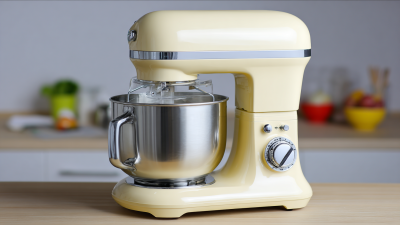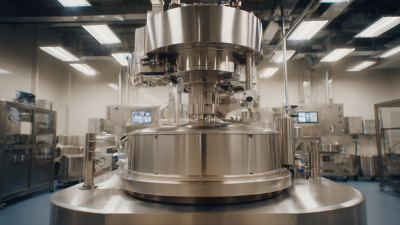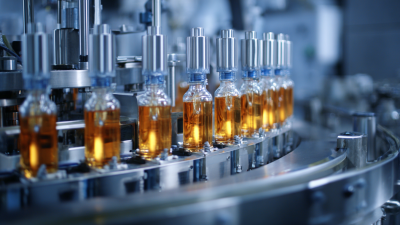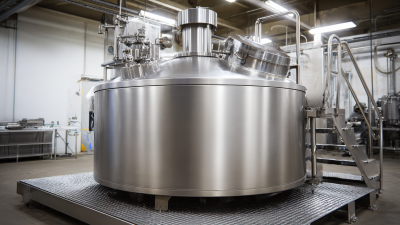
In the rapidly evolving dairy industry, efficiency and innovation are key factors that determine success and profitability. One of the standout advancements in this realm is the Cream Mixer Machine, a revolutionary device designed to enhance the production process significantly. With its state-of-the-art technology and user-friendly features, the Cream Mixer Machine not only streamlines operations but also ensures a consistent and high-quality product output. As dairy producers strive to meet the increasing consumer demand, understanding the benefits and functionalities of this essential equipment is crucial. This article delves into the innovative features of the Cream Mixer Machine and provides practical tips for its effective implementation, ultimately transforming dairy industry efficiency and paving the way for sustainable growth.
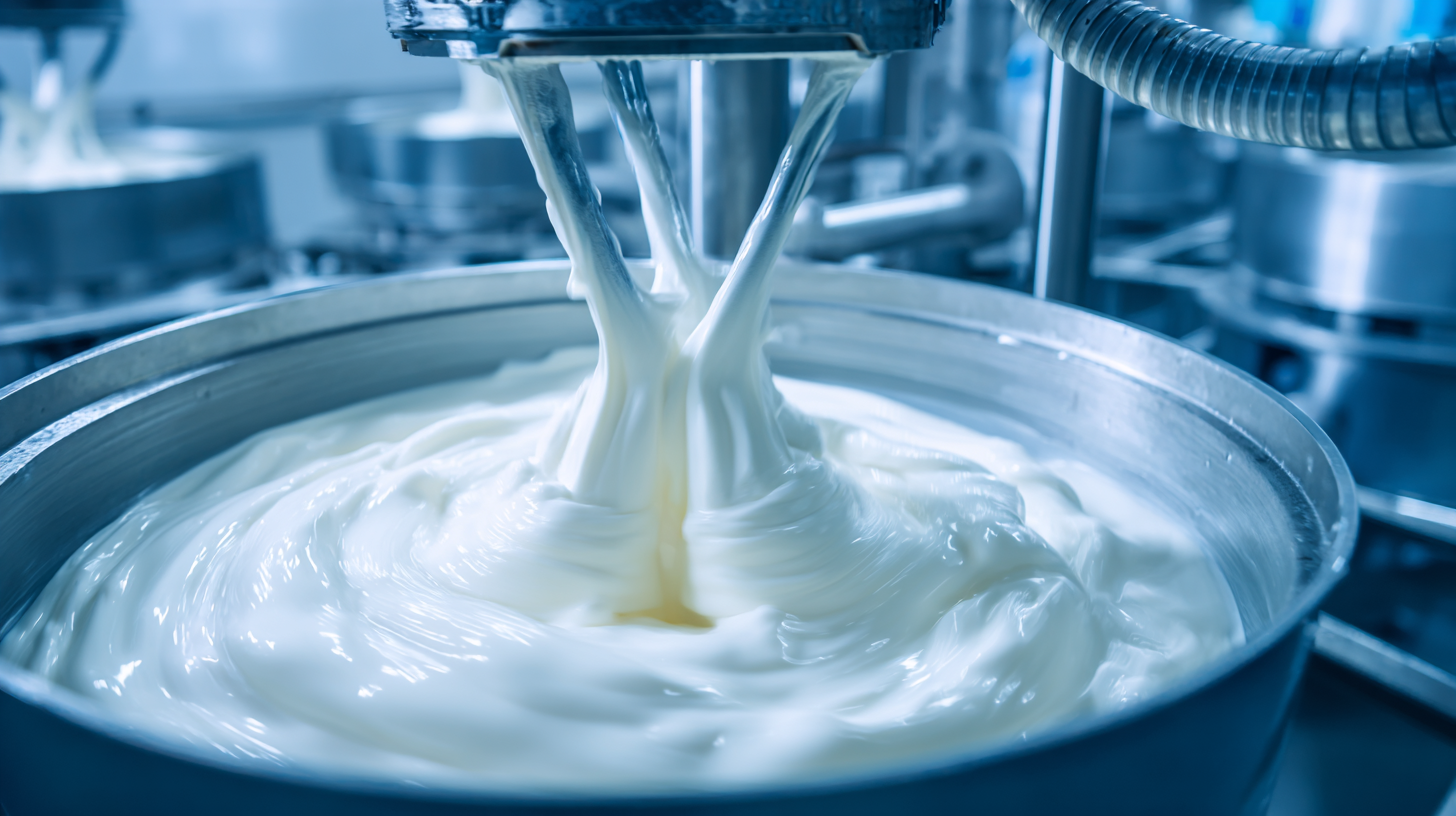
Modern cream mixer machines are revolutionizing the dairy production landscape by enhancing efficiency and product consistency. These innovative machines are equipped with advanced features such as automated mixing cycles, temperature control systems, and real-time monitoring capabilities. According to recent industry reports, the integration of automation in dairy processing can increase productivity by up to 30%, significantly reducing labor costs and minimizing human error. This automation allows dairy producers to maintain high-quality standards while meeting the increasing demand for diverse dairy products.
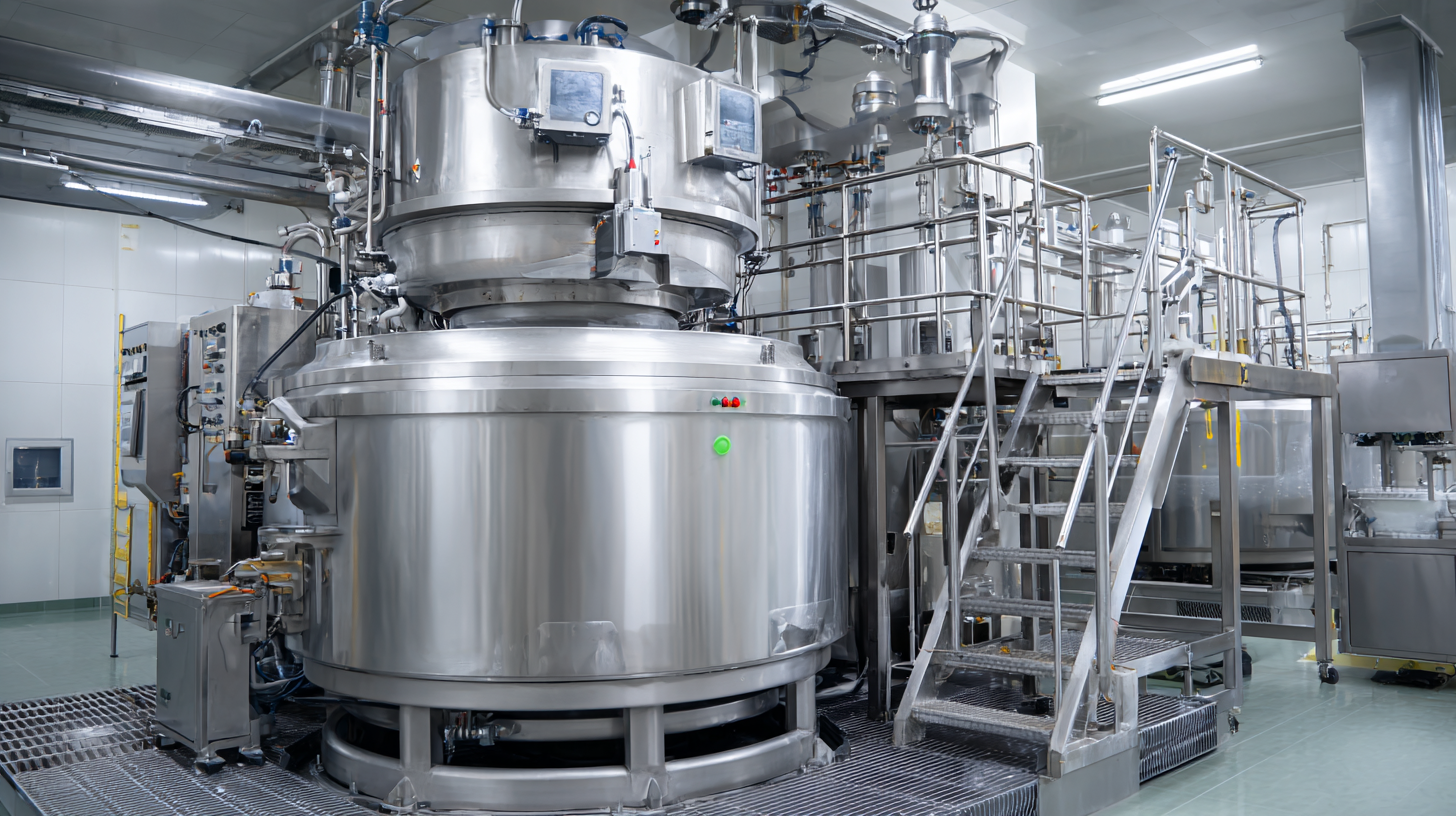
Furthermore, modern cream mixer machines utilize energy-efficient designs that lower operational costs and reduce environmental impact. With the global dairy market projected to reach $645 billion by 2024, the adoption of these advanced technologies is crucial for producers looking to stay competitive. The reliability brought by these machines not only ensures uniformity in production but also enhances the shelf-life of dairy products, aligning with consumer preferences for fresh and high-quality goods. As the industry continues to innovate, the role of cutting-edge equipment like cream mixer machines remains pivotal in shaping a more efficient and sustainable dairy sector.
The dairy manufacturing sector has witnessed a significant transformation due to the introduction of innovative cream mixer machines. These advanced systems not only streamline the mixing process but also enhance the overall efficiency of dairy production. With features like precise temperature control and automated mixing cycles, manufacturers can produce high-quality cream products consistently and at a faster rate. This improved efficiency directly translates into reduced production times and lower operational costs, allowing businesses to allocate resources more effectively.
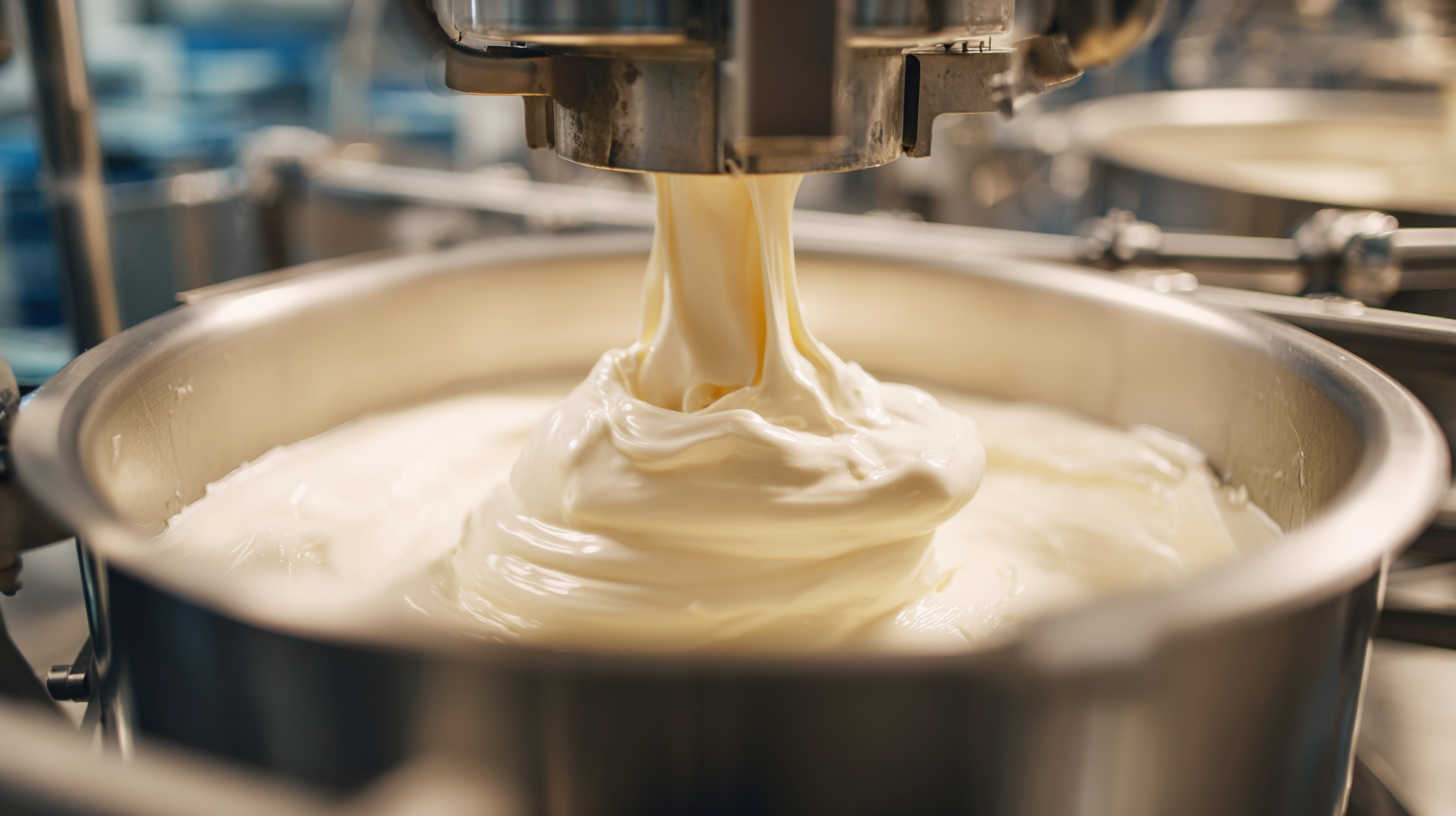
Moreover, enhanced efficiency in dairy manufacturing processes leads to better product quality and increases in yield. As the cream mixer machines operate with greater precision, they minimize waste and ensure that every batch meets stringent quality standards. This advancement is crucial in an industry where consumer preferences are rapidly evolving, as it allows manufacturers to quickly adapt to market demands while maintaining high standards. The impact of these innovations is profound, not only boosting productivity but also fostering sustainability within the dairy sector.
The dairy industry has seen remarkable advancements in mixing technology, particularly with the introduction of innovative cream mixer machines. These machines are specifically designed to enhance the consistency and quality of dairy products through precise mixing techniques. By employing advanced rotor-stator systems, these mixers achieve a homogeneous blend that is crucial for producing high-quality cream, yogurts, and cheeses. The ability to uniformly integrate ingredients not only improves product texture but also extends shelf life, benefiting both manufacturers and consumers.
Moreover, the efficiency of modern mixing technology translates into significant operational benefits. With faster mixing times and reduced energy consumption, dairy producers can increase their output without compromising quality. This technological upgrade also minimizes the risk of contamination during the mixing process, ensuring safer products. As these efficient systems become more prevalent, they pave the way for innovation in flavors and formulations, meeting the evolving demands of the dairy market. Overall, the innovations in mixing technology represent a pivotal shift towards greater efficiency and product quality in the dairy industry.
| Feature | Description | Efficiency Improvement (%) | Environmental Impact Reduction (%) |
|---|---|---|---|
| Variable Speed Control | Allows adjustments based on product viscosity and batch size. | 25% | 10% |
| Automated Cleaning System | Reduces downtime and improves hygiene with self-cleaning cycles. | 30% | 15% |
| Real-time Monitoring | Tracks mixing parameters for quality assurance. | 20% | 5% |
| Energy-efficient Motors | Reduces energy consumption during mixing processes. | 40% | 20% |
| Advanced Mixing Technology | Improves product consistency and reduces mixing times. | 35% | 12% |
The future of cream mixing machines is poised to play a pivotal role in advancing sustainable dairy practices. Recent studies indicate that the dairy industry is under increasing pressure to enhance operational efficiency while simultaneously reducing its carbon footprint. According to a report by MarketsandMarkets, the global dairy processing equipment market is expected to exceed $16 billion by 2025, driven by the adoption of innovative technologies such as advanced cream mixers that optimize production processes and minimize waste.
Innovative cream mixer machines now incorporate automation and smart technology, which significantly reduces the energy consumption associated with traditional mixing methods. Data from the Food and Agriculture Organization (FAO) suggests that energy-efficient machinery could reduce energy usage in dairy production by up to 30%. Moreover, these machines are designed to improve the consistency and quality of cream products, leading to less spoilage and a more sustainable approach to resource management. By prioritizing efficiency and sustainability, these advancements not only enhance product quality but also align with the growing consumer demand for environmentally responsible dairy products.
The dairy industry has seen significant improvements in efficiency through the adoption of innovative cream mixer machines. Case studies reveal that leading dairies have increased their production capacity by up to 25% after implementing these advanced mixers. According to a report by MarketsandMarkets, the global dairy processing equipment market is projected to grow to $19.5 billion by 2025, with innovative technologies like cream mixers playing a key role in this expansion.
One notable example is a large dairy plant that integrated a state-of-the-art cream mixer system, reducing mixing times by 50%. This allowed the facility to process larger batches more effectively, resulting in an annual revenue increase estimated at $1 million. Furthermore, these machines are designed for energy efficiency, contributing to a reduction in operational costs. A study by the Food and Agriculture Organization (FAO) indicated that energy-efficient equipment can lower energy consumption in the dairy processing sector by up to 20%, underscoring the significant economic benefits of such innovations.
Through these successful implementations, the dairy industry is not only enhancing its operational capabilities but also setting new standards for sustainability and efficiency. As more dairies recognize the advantages of innovative cream mixer machines, we can expect a transformative impact on overall industry productivity.

